Maren Smay
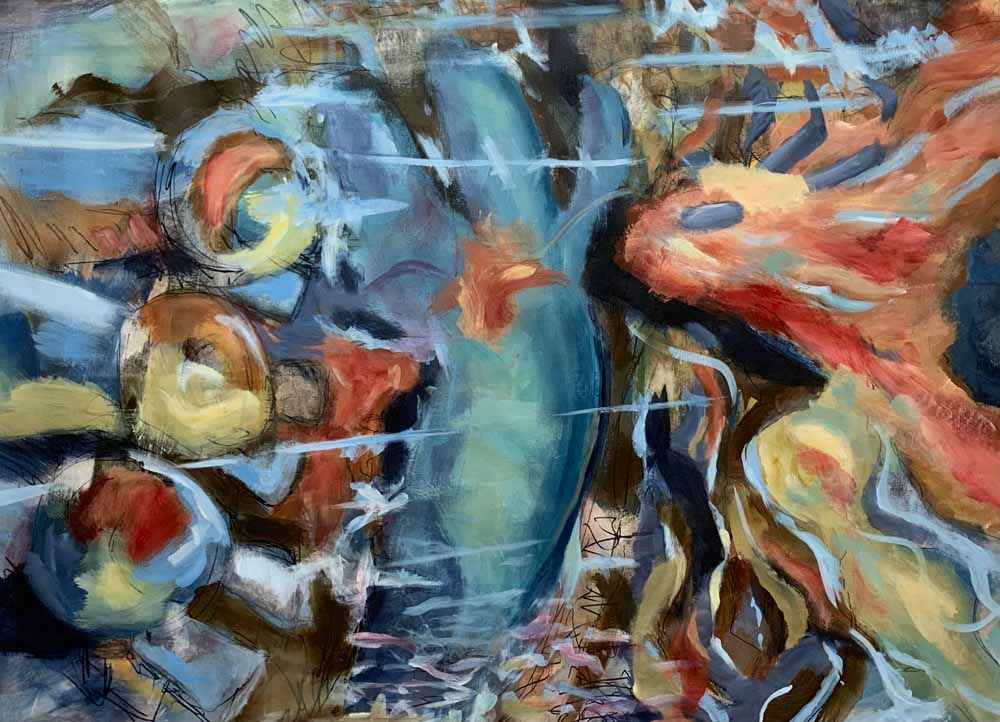
If you seek art that invites deep reflection and emotional resonance, Maren Smay’s paintings are a compelling choice. Her work captures the intangible, encouraging viewers to connect with feelings rather than just observe the literal and self-evident. It embodies experiences meant to be felt, transforming perception into a profound journey.
Abstraction in Maren’s art process equals removal and purification. It represents the act of removing what is not necessary to reach something else. Each painting is the distillation of experiences felt in nature that cannot be logically interpreted. Inspiration for Maren Smay does not come from a detached contemplation of nature but from a living immersion in it. It is not nature seen from afar but walked through, smelled, and breathed. Every walk, every exploration in natural surroundings, becomes, for Maren, an inexhaustible source of images synaesthetically translated into her paintings. Experiencing wilderness regions and night skies, the stillness of dawn and the joy of a summit reached…Maren feels fully alive, invaded by a welcoming energy in these moments. Moments that speak to her of something bigger, spiritual, beyond the self. In her paintings, she tries to precisely capture that ineffable something that cannot be accessed through rationality.
Maren’s works are not created for those who seek control, perfection or a clear and uncluttered reading. They are paintings that arise from intuition and free gesture, open to the unexpected. The artist does not start from a precise image: each acrylic brushstroke in relation to the previous one, in a continuous dialogue between medium and colours. Error is also an integral part of the creative process. Maren does not erase or fix it but transforms it. It is precisely in this act of embracing spontaneous imperfection that her expressive style is revealed. Every painting bears visible traces of this tension. Her acrylic paintings, charged with charcoal or markers, are alive, changeable, and open.
Automatism is a central element in Maren’s creative process, ideally linking her to the tradition of Surrealism and Action Painting. As in the Surrealists’ automatic drawings or the instinctive gestures of Abstract Expressionists such as Joan Mitchell and Willem de Kooning, the sign arises from an emotional reaction rather than a rational intention. The painting does not illustrate but expresses: it is a trace of interiority, a way of bringing out the unconscious through gesture. In this way, the canvas becomes a field open to the truth of the moment.
Maren Smay is an artist based in Colorado who exhibited in several galleries in the Denver area, receiving honourable mentions. She recently participated in an exhibition at One Brooklyn Bridge Gallery in New York. After starting as a self-taught artist, she continues her education at the Art Students League of New York, receiving attention for her work. Her abstract paintings offer no answers but are meaningful for those who love to get lost, as in a path through the wilderness. They are not meant to be deciphered but experienced.
Maren Smay is the Gold Artist of the ArtAscent “Abstraction” call for artists. To see the full body of work and profile, get a copy of the 2025 ArtAscent Art & Literature Journal “Abstraction” issue.

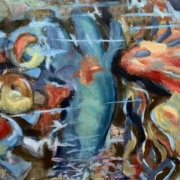
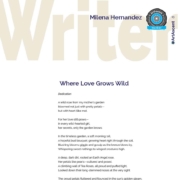
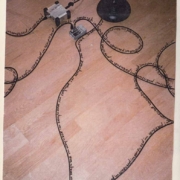
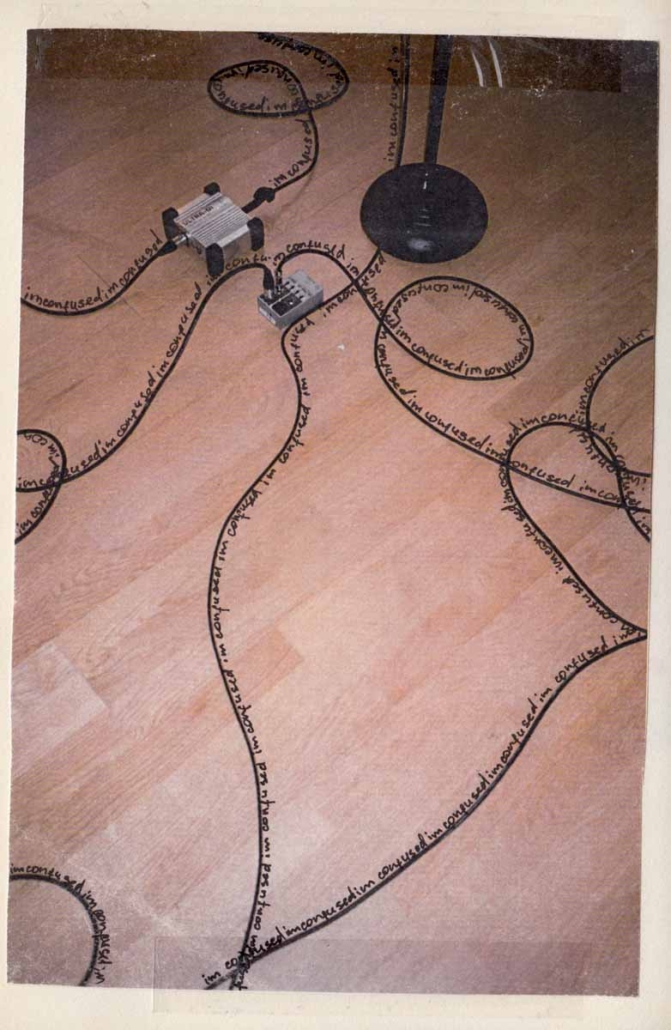
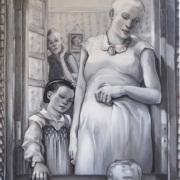
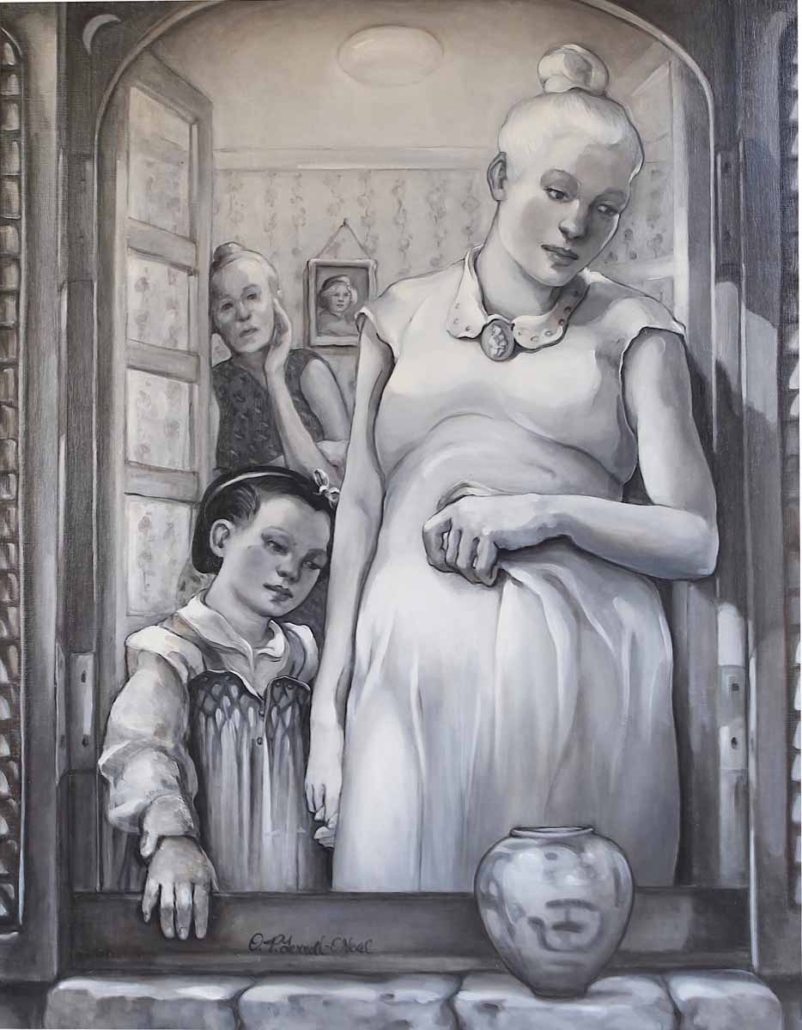
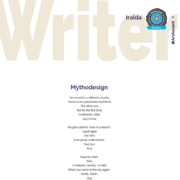
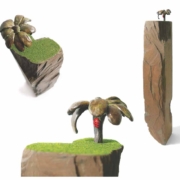

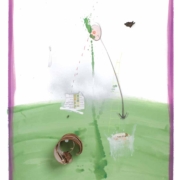
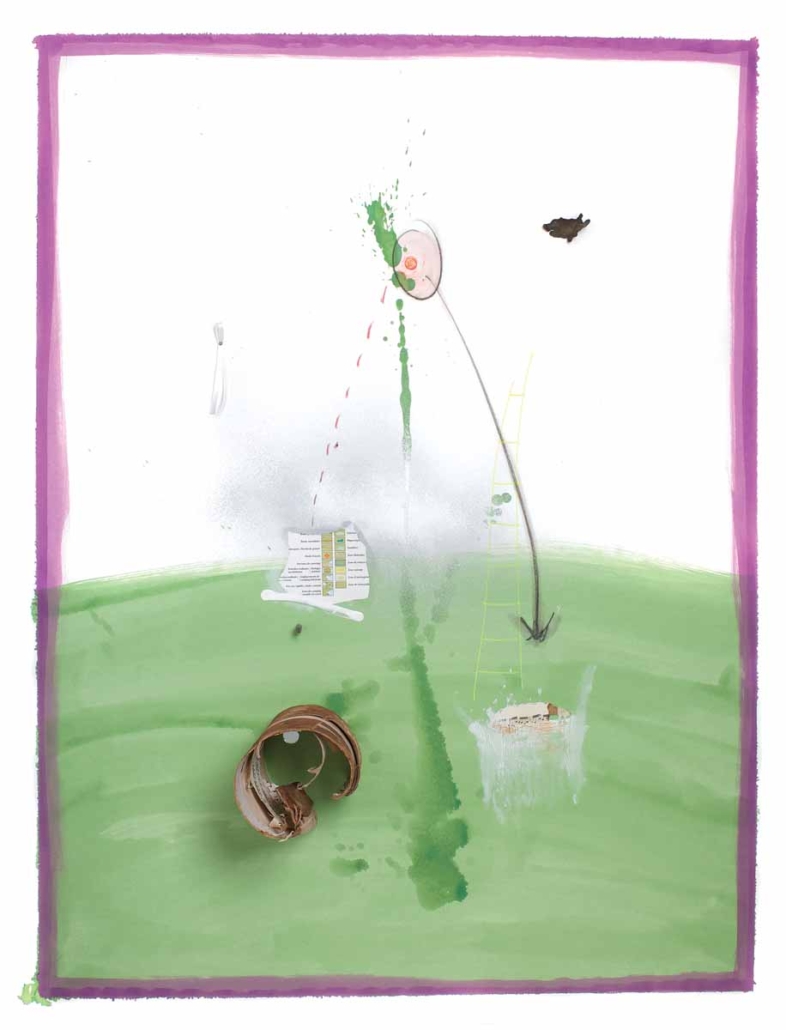
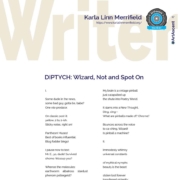
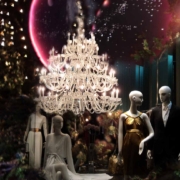
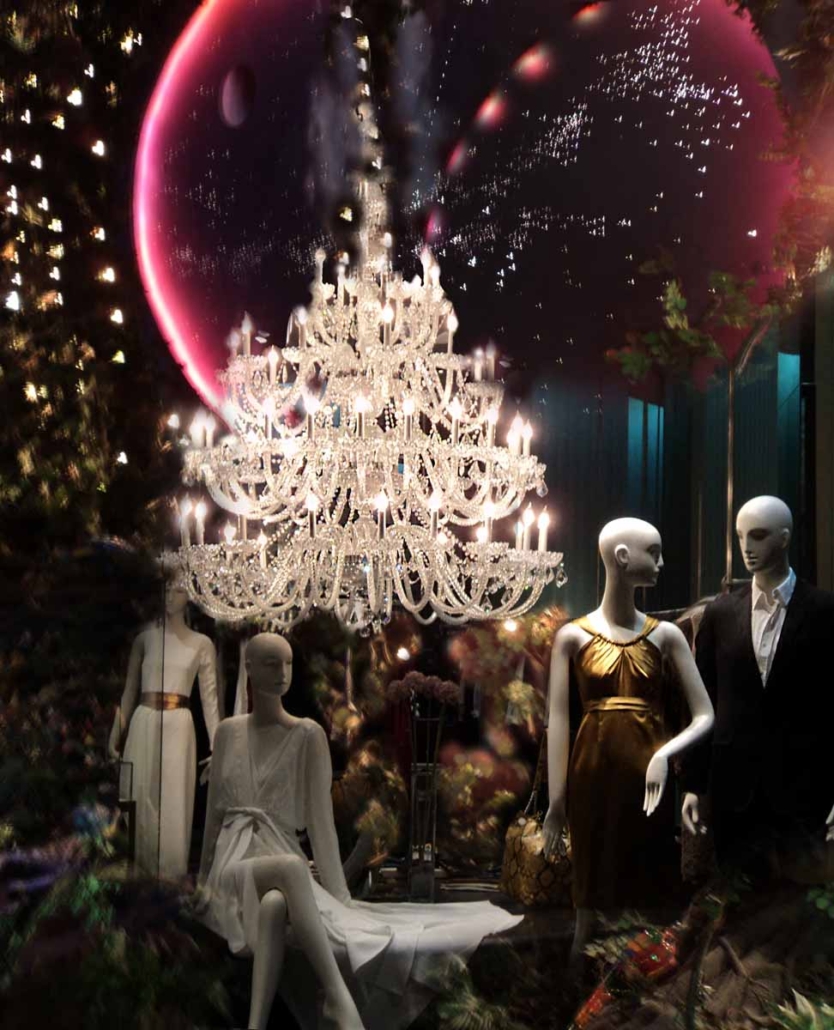
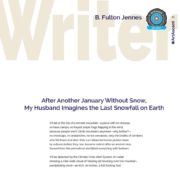
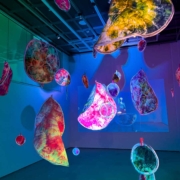
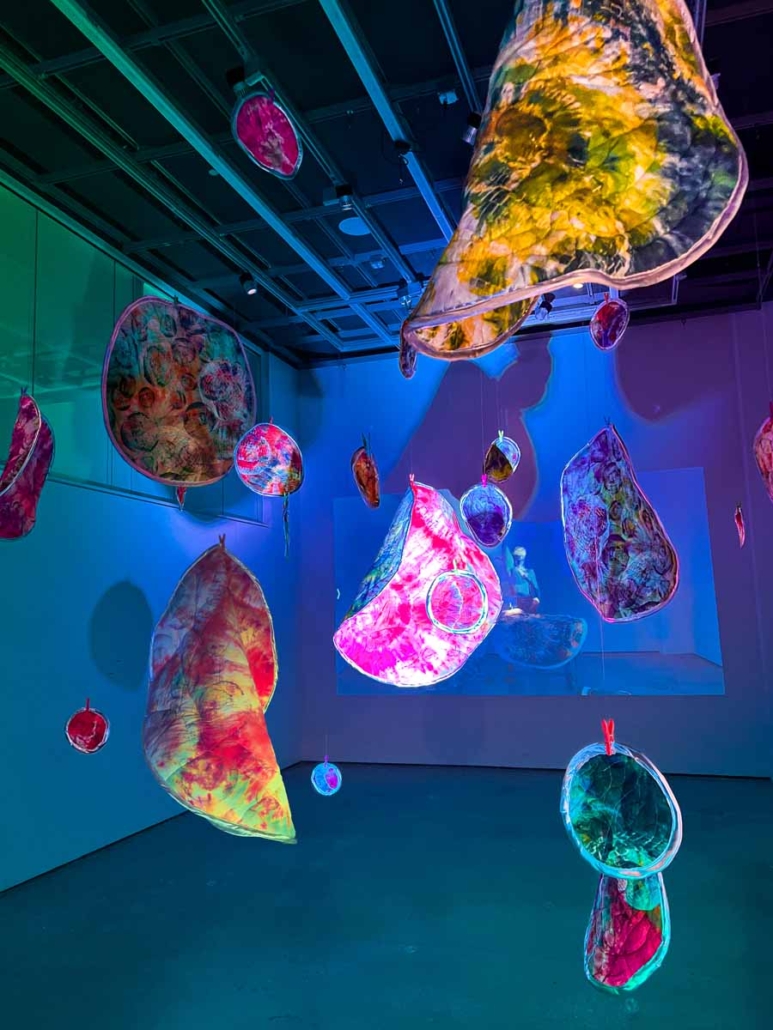
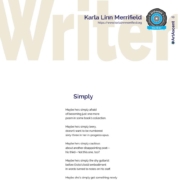
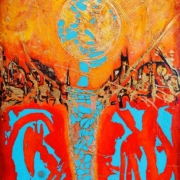
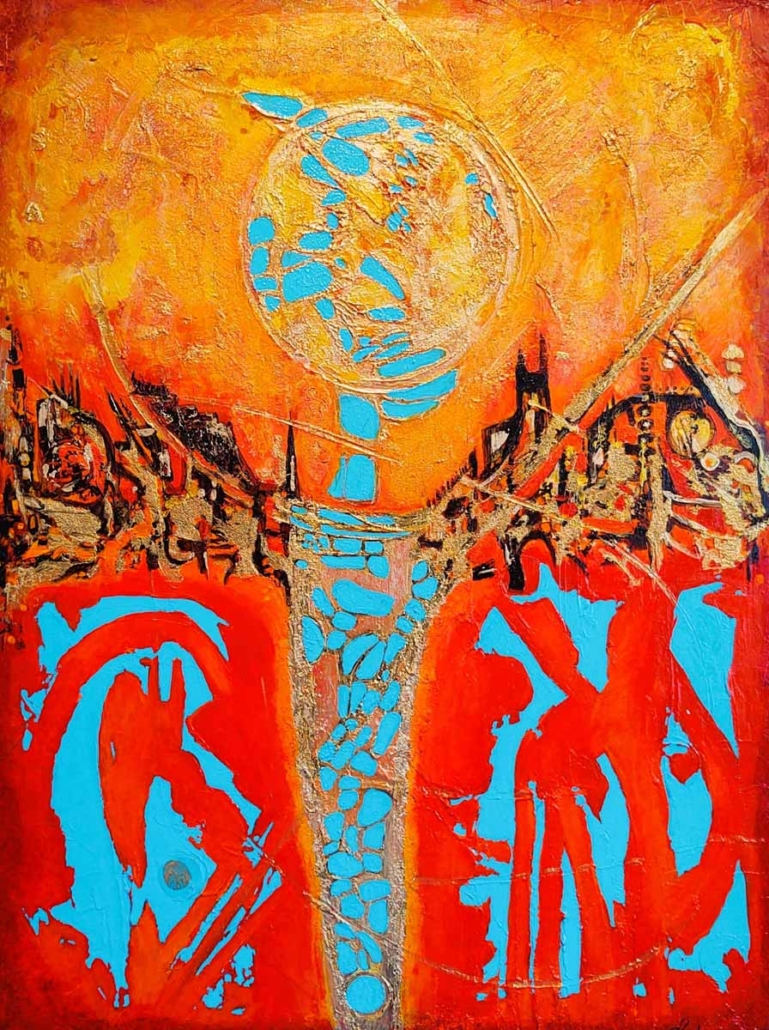
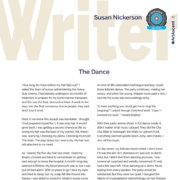
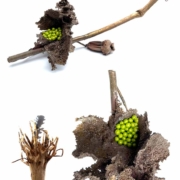
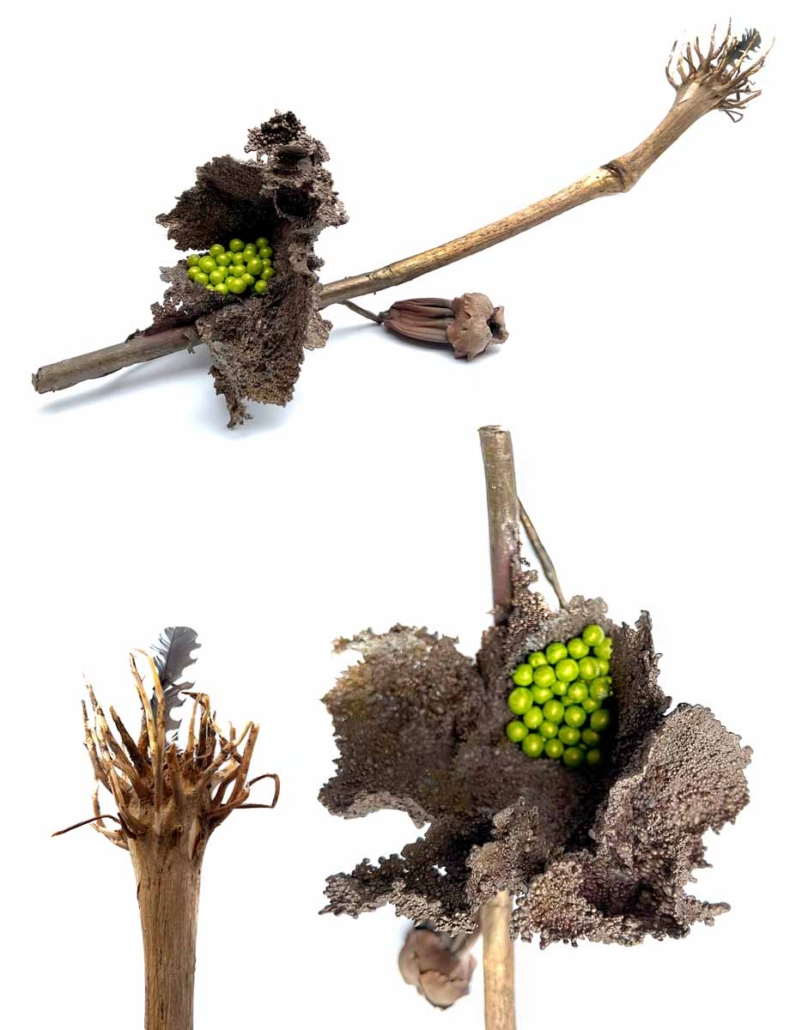
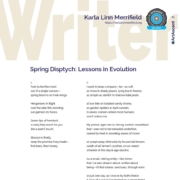
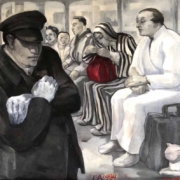
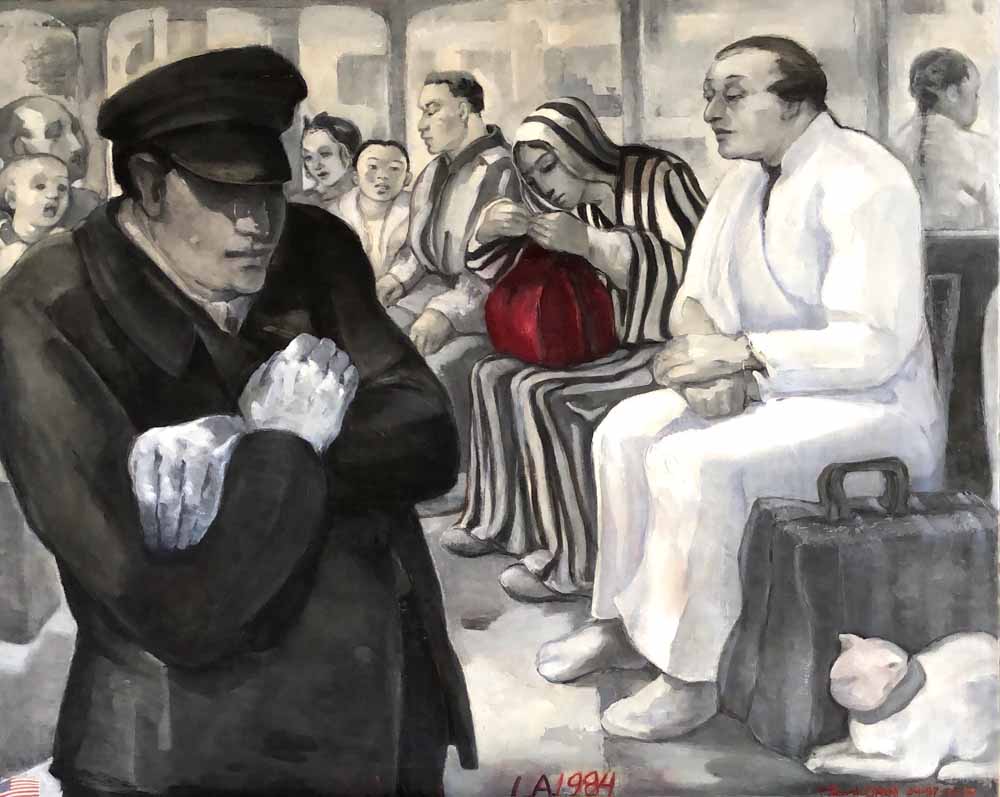
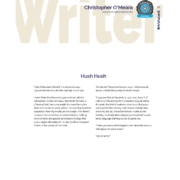
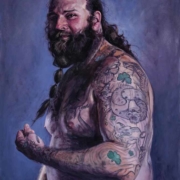
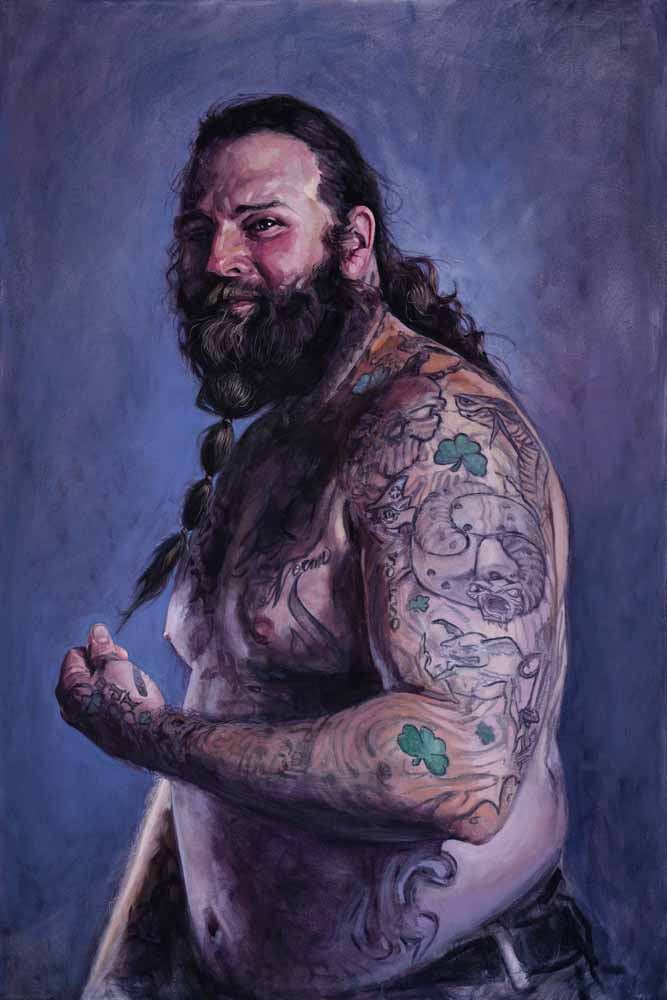
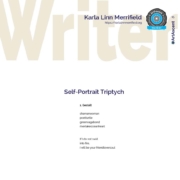
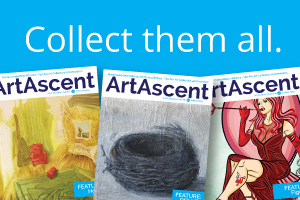

Recent Comments